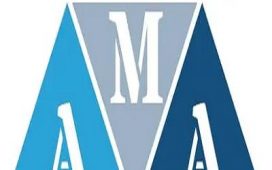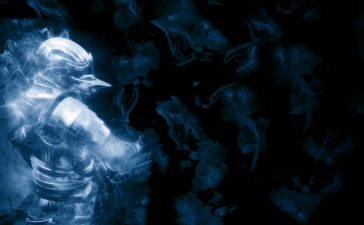Illinois Governor JB Pritzker on Friday signed HB 3902, which allows the US state’s law enforcement agencies to use drones at some public events – but prohibits equipping them with facial recognition software or weaponry, with some exceptions.
The new state law, dubbed the Drones as First Responders Act, takes effect immediately. Pitched as a public safety measure, it has the support of the Illinois Association of Police Chiefs and other state public safety officials.
State Senator Julie Morrison, who backed the bill in response to the Highland Park mass shooting last year, said it would help protect communities.
“As we enter parade and festival season, it”s more pertinent than ever that law enforcement are equipped with the most modern tools and training to keep communities safe,” said Morrison (D-Lake Forest), in a statement. “It’s simple: drones will save lives. We can’t let another community feel the sheer terror and heartbreak that Highland Park still feels a year later. Today we’ve taken a positive and commonsense step toward a safer Illinois.”
The new law loosens drone surveillance restrictions put in place by a 2014 state law, The Freedom from Drone Surveillance Act.
Its primary focus is allowing authorities to fly drones over special events, parades, or routed events – defined specifically in the legislation to exclude “any political protest, march, demonstration, or other assembly protected by the First Amendment.”
It also lets authorities respond to emergency calls with a drone “when the sole purpose for using a drone is for one or more first responders to locate victims, to assist with immediate victim health or safety needs, or to coordinate the response of emergency vehicles and personnel to an emergency.”
But the law also forbids arming drones with facial recognition or weaponry, mostly.
Facial recognition software on a drone is allowed only if: it can be used to prevent a terrorist attack that the Department of Homeland Security has determined is credible; or “the law enforcement agency possesses reasonable suspicion that, under particular circumstances, swift action is needed to prevent imminent harm to life or to forestall the imminent escape of a suspect or the destruction of evidence.”
While the statute initially bans “onboard facial recognition software that works in conjunction with the drone,” it subsequently prohibits the use of “any information gathered by a drone with any facial recognition software” – not just onboard software, except as noted above. So drone surveillance video cannot be processed with facial recognition software at some later date.
Weaponry, lethal or non-lethal, is simply not permitted.
Directions
That’s noteworthy given what’s happening with drones at the moment. Consumer-grade drones armed with grenades have become commonplace in the war between Ukraine and Russia. The US military has contracted to put facial recognition on drones. Taser maker Axon last year proposed arming drones to protect school children, an initiative that prompted board resignations but is still underway. And in San Francisco last year, police were authorized to use robots in a lethal manner but not to equip them with firearms.
Several other US states have already banned weaponized drones, including Nevada, North Carolina, Oregon, Vermont and Wisconsin, according to the National Conference of State Legislators. Maine and Virginia disallow police from using armed drones while North Dakota is okay with less-lethal armed drones.
Vermont forbids drones from using “facial recognition or any other biometric matching technology” for data collection, and many states [PDF] have passed drone-oriented privacy or warrant requirement laws that could limit biometric data gathering. Illinois is also known for its hard stance on biometrics.
Writing in the Stanford Law Review more than a decade ago, Ryan Calo, presently a professor at University of Washington School of Law, predicted that the proliferation of drones in public life would promote the passage of privacy laws by giving physical form to network surveillance that previously went unseen.
“Unlike, say, NSA network surveillance or commercial data brokerage, government or industry surveillance of the populace with drones would be visible and highly salient,” Calo wrote. “People would feel observed, regardless of how or whether the information was actually used. The resulting backlash could force us to reexamine not merely the use of drones to observe, but the doctrines that today permit this use.”
The watchmen now are being watched. ®









